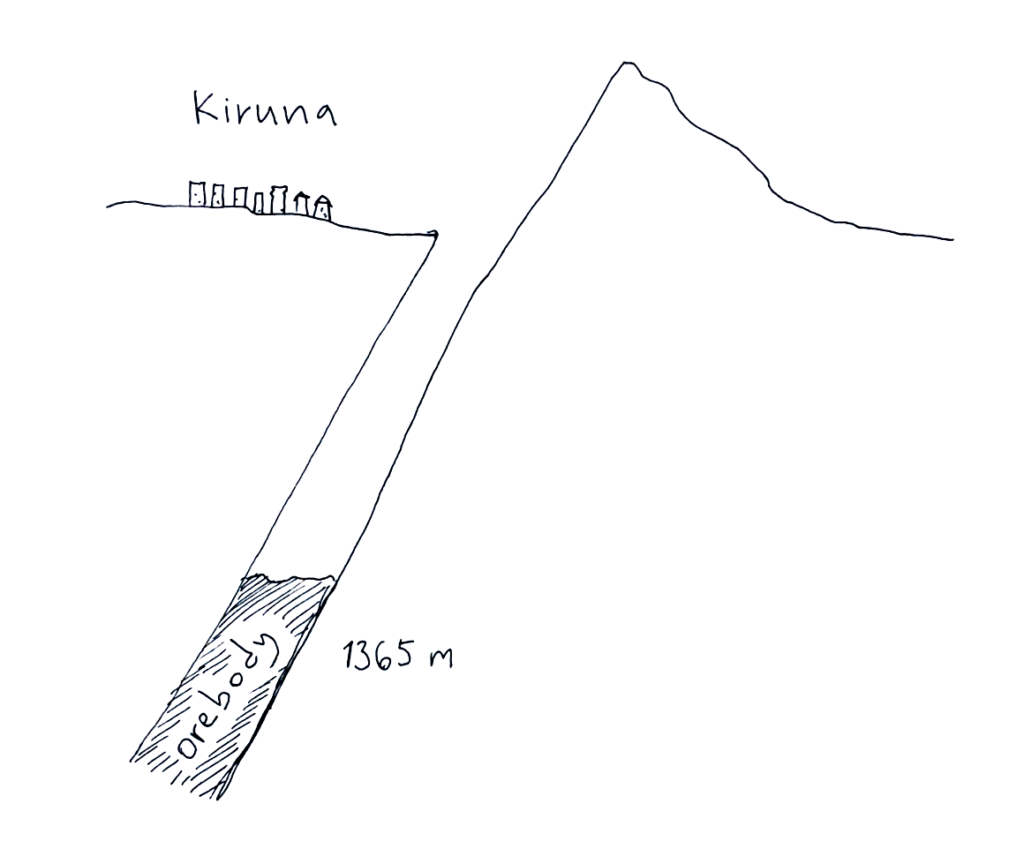Radish to romanesco: A year in vegetables
February 20th, 2025
4 min
Datawrapper lets you show your data as beautiful charts, maps or tables with a few clicks. Find out more about all the available visualization types.
Our mission is to help everyone communicate with data - from newsrooms to global enterprises, non-profits or public service.
We want to enable everyone to create beautiful charts, maps, and tables. New to data visualization? Or do you have specific questions about us? You'll find all the answers here.
Data vis best practices, news, and examples
250+ articles that explain how to use Datawrapper
Answers to common questions
An exchange place for Datawrapper visualizations
Attend and watch how to use Datawrapper best
Learn about available positions on our team
Our latest small and big improvements
Build your integration with Datawrapper's API
Get in touch with us – we're happy to help
This article is brought to you by Datawrapper, a data visualization tool for creating charts, maps, and tables. Learn more.
The irony of iron

Hi, this is Anna. At Datawrapper, I’m responsible for the maps you can find in our choropleth and symbol map editor. Today I’ll bring you the story of the moving city Kiruna. Ever since I first heard about it, I’ve been intrigued by this project. So this summer I visited the virtual vernissage of the exhibition “Kiruna Forever” at Sweden’s National Centre for Architecture and Design. It inspired me to make a map and tell the story about Kiruna and the mine.
Kirunavaara is the largest underground iron ore mine in the world, located in the very north of Sweden. The mine was founded by the state-owned company LKAB (short for “Loussavaara-Kirunavaara Aktiebolag”) together with the city of Kiruna in the late 1800s. Since then, the mine and the city have lived in a close symbiosis – one would not survive without the other.
The mining started as an open pit, but to be able to follow the ore body, the mine developed to an underground mine. When the city of Kiruna was planned two hundred years ago, nobody knew the direction of the underground ore. Over time it became more and more apparent that Kiruna had some bad luck: The ore continued directly below the city.

In 2004, measurements by LKAB indicated that the ground above the mine – below the city – started to deform and sink. This would eventually affect the water pipes, electricity, and buildings and make it too dangerous for people to live there. To stop mining was not an option: The mine is too profitable. Two third of the Kiruna population is working in and around the mine. If the mine closed, a lot of people would lose their jobs.
So together with the city of Kiruna, LKAB started to plan the moving of the city center 3 kilometers to the east. LKAB needs to finance this project, which will cost at least 1.2 billion US-Dollar. Because it’s so huge and unique, it has drawn a lot of attention in Sweden and internationally among urban planners.
39 historical buildings worth preserving – such as the church – will be moved to the new city center (here’s a video of a moving house), but most buildings are demolished and will be replaced by new buildings in the new city center. The Town Hall, for example, was under cultural heritage protection – but the brick building would be complicated to move and was therefore demolished in 2019.

The former city center isn’t suitable for buildings anymore, but it’s not dangerous for humans to stay in. It will be transformed into parks and recreation areas.
Moving a city and its inhabitants is not an easy task and there has been a lot of controversy over the years between people who have to leave their houses, the city of Kiruna and LKAB. But the process has already started. It’s estimated to finish in 2035.
Thanks for reading about Kiruna! If you have any questions or feedback, please leave a comment and I’ll reply as soon as possible. We’ll see you next week!
Comments